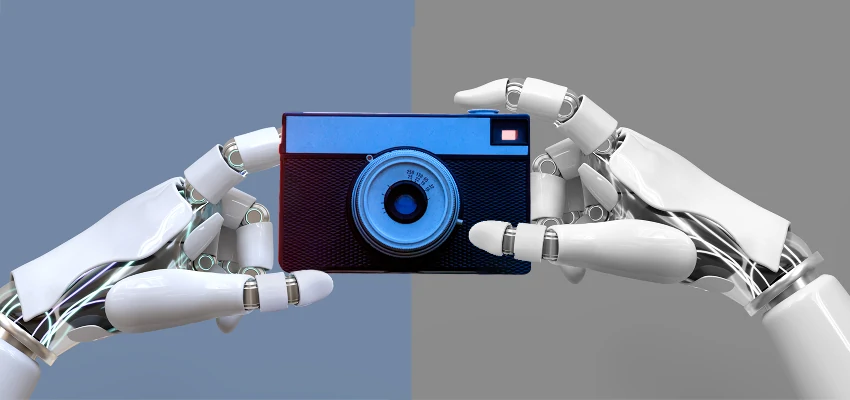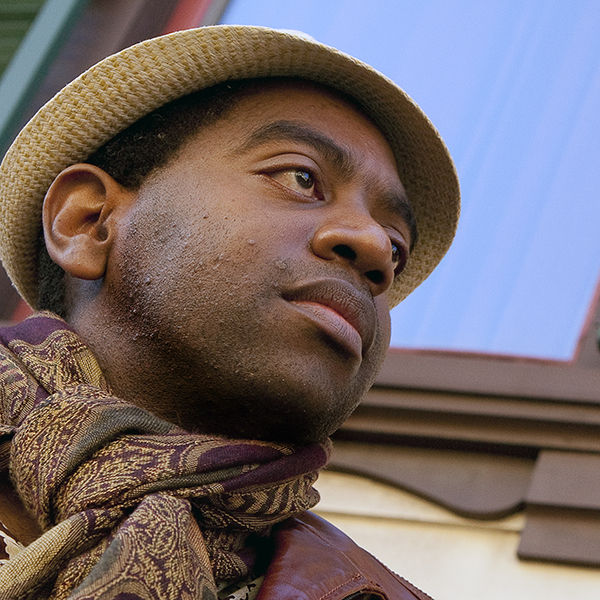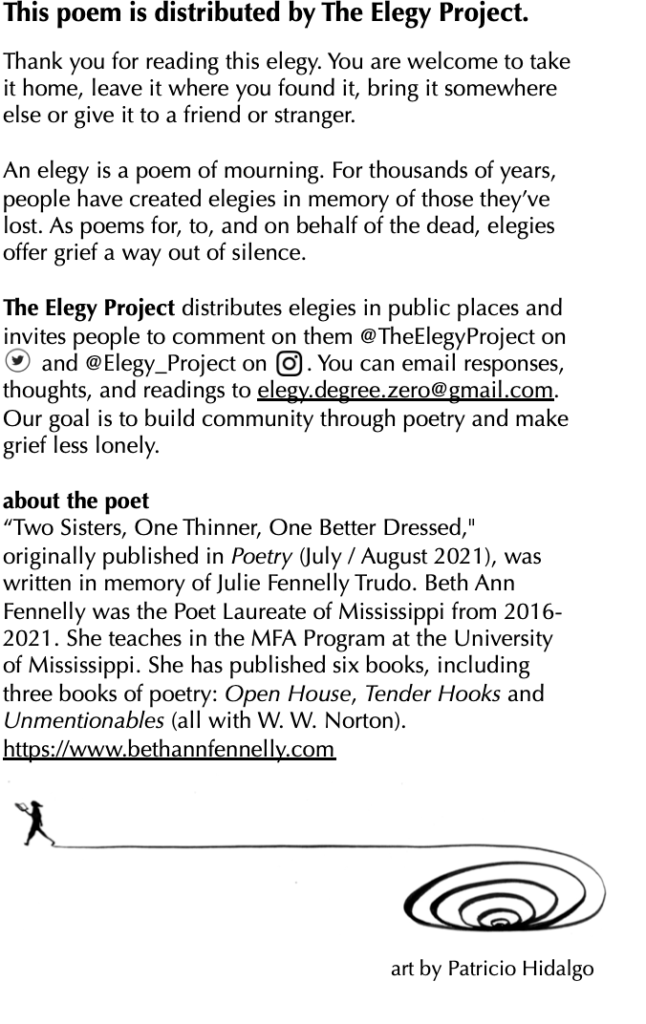
AI in Photojournalism: Preserving the Visual Legacy
admin
- 0
AI in photojournalism is rapidly transforming the landscape of visual storytelling, paving the way for innovative approaches to capturing and preserving history. The integration of AI technology in photography promises to revolutionize how photojournalists manage their archives and contextualize their work, ensuring that vital records of significant events are accessible for future generations. As the impact of AI on photography continues to unfold, professionals in the field are exploring its potential for enhancing narrative depth while also grappling with challenges like misinformation and copyright concerns. This technological evolution presents both opportunities to elevate the art form and risks that could undermine the authenticity of visual documentation. By harnessing AI creatively, photojournalists can safeguard their legacy and contribute to an enriched understanding of events that shape our world, fostering a more nuanced connection between images and their stories.
The emergence of artificial intelligence in the realm of news photography marks a significant shift in how images are captured and shared. This evolving field encompasses the intersection of technology and visual journalism, where machine learning algorithms are increasingly deployed to enhance the storytelling process. As we explore the nuances of photographic archives, tools powered by AI promise to streamline workflows, making it easier for photographers to curate and reveal their life’s work. This wave of innovation presents a dual narrative: one where creativity flourishes alongside concerns about authenticity and ownership in visual documentation. With thoughtful integration of AI, visual storytellers aim to preserve the richness of our collective memory, ensuring that critical moments in history are chronicled with integrity and purpose.
The Role of AI in Photojournalism Archives
In the rapidly evolving landscape of photography, AI presents both challenges and opportunities, particularly concerning photojournalism archives. These archives are not merely collections of outdated images; they hold the visual history of our society and document significant world events. As Kira Pollack emphasizes, many talented photojournalists have accumulated extensive archives of images, with a staggering 95% remaining unpublished and unseen, representing invaluable historical context. AI can play a crucial role in preserving these archives, transforming them from static collections into dynamic repositories that amplify the voices and narratives contained within them.
The implementation of AI technology in photography allows for more efficient cataloging, organization, and contextualization of images. With advances in machine learning algorithms, AI can analyze large sets of archival material, identify key themes, and categorize imagery based on complex parameters such as emotional expressions and contextual backgrounds. This capability not only aids in safeguarding photographic legacy but also ensures that these vital stories are accessible for future generations, making the visual history of humanity more discoverable and engaging.
Preserving Photographic Legacy Through AI
The conversation surrounding AI’s impact on photography extends beyond mere efficiency; it delves deeply into the ethical implications of preserving a photographer’s legacy. As AI technologies develop, there is a pressing need to balance innovation with integrity. Pollack’s work signals a noteworthy shift in how photojournalists might view AI—not as a threat that distorts visual truth but as a tool that can reinforce it. By developing methodologies to sort through photojournalistic archives ethically, AI can empower image-makers to preserve their contributions to history while remaining vigilant about the ownership and rights tied to their works.
Moreover, utilizing AI in this manner fosters a deeper appreciation for the craftsmanship involved in photojournalism. Each image captures a unique narrative, laden with context and intention. AI can assist in uncovering these layers, presenting photographs not just as visual artifacts but as comprehensive stories that embody the essence of human experience. By preserving this legacy thoughtfully, the photojournalism community can ensure that the narratives shape public perception responsibly, combating misinformation and celebrating authentic storytelling.
AI and Visual Storytelling: A Double-Edged Sword
The integration of AI into visual storytelling has ignited a fierce debate within the photojournalism community. While generative AI can create captivating photorealistic images without the need for traditional camera equipment, it simultaneously raises concerns about authenticity and trust. In a landscape where manipulated images can spread at lightning speed through social media, the traditional hallmarks of photojournalism—truth and credibility—are under threat. Pollack’s recognition of these potential pitfalls emphasizes the dual role that AI can play: as a means of creation that risks erasing the authenticity of visual narratives, and as a tool for preserving and enhancing the documentation of real-world events.
Despite the challenges, embracing AI in visual storytelling can also lead to unprecedented opportunities for innovation and creativity. AI’s ability to analyze context and extract nuanced insights from images allows photojournalists to craft more engaging narratives, making their work resonate more profoundly with audiences. By leveraging AI responsibly, photojournalists can elevate their storytelling while maintaining fidelity to the truth, presenting the complexities of human experience in ways that were previously unimaginable. Thus, the future of AI in photojournalism hinges on a delicate balancing act—harnessing its capabilities to enhance storytelling while safeguarding the foundational principles of truth and authenticity.
Rights and Ownership: Navigating AI’s Ethical Landscape
As AI continues to permeate the field of photography, issues surrounding copyright and authorship have come to the forefront of discussions among professionals. Photographers face significant challenges regarding the potential exploitation of their work, particularly concerning the unauthorized use of images to train AI models. This delicate situation raises vital questions about ownership: Who truly owns an image once it has been digitized and indexed by AI? Pollack’s work emphasizes the urgency for clarity in these legalities, advocating for frameworks that protect photographers’ rights while enabling them to utilize AI’s transformative power effectively.
Navigating this landscape requires collaboration among technologists, ethicists, and journalists to ensure that AI technologies are not only innovative but also just and equitable. By fostering dialogue about ethical AI practices, the photojournalism community can better prepare for the inevitable changes brought about by AI developments. Ultimately, protecting the rights of individual photographers is essential to maintaining the integrity of visual storytelling in an age increasingly defined by artificial intelligence.
Understanding AI’s Shortcomings in Image Interpretation
While AI has made impressive strides in image analysis, it is crucial to recognize the limitations of its capabilities—specifically concerning the interpretation of complex storytelling in photography. Generative AI may excel at identifying basic elements within an image but often struggles with the nuanced emotional layers that define impactful photojournalism. The depth of human experience captured in photos transcends mere visual recognition; it requires context, empathy, and comprehension that AI, in its current state, cannot fully replicate. Pollack’s research into AI’s interpretative abilities highlights this gap—emphasizing the need for human oversight and involvement to ensure that the essence of visual storytelling is not overlooked or misrepresented.
Furthermore, the core values of photography—authenticity, memory, and emotional resonation—are inherently human. AI’s attempts to analyze and categorize images may disrupt the subjective interpretation each viewer brings to a photograph. This underscores the necessity of maintaining a critical eye towards the role of AI in photography, ensuring that its application ultimately serves to enhance human creativity rather than diminish it. As we integrate AI into photojournalism, an understanding of its shortcomings will be paramount in creating a harmonious relationship between technology and the art of visual storytelling.
The Future of Photojournalism and Technology
Looking ahead, the convergence of AI and photojournalism heralds a transformative era characterized by both innovation and introspection. As photojournalists explore the potential of AI, there arises a significant opportunity to redefine how visual stories are told, archived, and preserved. As Pollack suggests, the crucial work lies in understanding how these technologies can serve to amplify the core values of photography—truth, authorship, and memory—while addressing the multifaceted challenges that arise. This requires an ongoing dialogue among stakeholders in journalism, technology, and ethics to ensure that the industry moves forward responsibly.
The future landscape of photojournalism will likely be marked by a reevaluation of traditional practices and an integration of digital advancements. By boldly navigating this terrain, photojournalists can harness the power of AI to not only preserve their photographic legacies but also to enrich the narratives they craft, making them more relatable and impactful to diverse audiences. Embracing collaboration and transparent discussions around AI’s implications will be crucial in shaping a future that honors the integrity of visual storytelling while ensuring that photography remains an invaluable tool for truth-telling in a technologically advancing world.
Educating the Next Generation of Visual Storytellers
As the interplay between AI and photography evolves, it becomes increasingly important to educate upcoming generations of visual storytellers about navigating this terrain. Emerging photographers need to be equipped with not only technical skills but also an understanding of the ethical implications associated with AI technologies. A curriculum that incorporates both the creative aspects of photography and the technological advancements of AI will help aspiring photographers cultivate a holistic perspective on their craft. Knowledge about responsible practices regarding ownership and the potential biases inherent in AI applications will empower the new wave of photojournalists to produce meaningful work that honors the foundations of the profession.
Furthermore, mentorship programs that connect seasoned photojournalists with novices can foster an enriching exchange of ideas and experiences. These initiatives can emphasize the importance of preserving visual legacies and leveraging AI in a way that enhances storytelling. Through collaboration and open dialogue regarding technology’s role in photography, we can nurture a generation of visual storytellers who are both creative innovators and responsible custodians of truth in journalism. As they enter a world increasingly dominated by AI, these photographers will have the critical acumen necessary to navigate its potential while remaining committed to the core values that define their field.
AI’s Impact on Photographic Creativity
The introduction of AI technology into the realm of photography is reshaping creativity in profound ways. While some may view AI as encroaching on the artistic integrity of photography, it can also be seen as a source of inspiration that empowers photographers to expand their creative horizons. The ability of AI to generate ideas, suggest compositions, and even simulate various styles offers photographic creators an unprecedented level of flexibility and experimentation. This opens up new avenues for artistic expression, allowing photographers to push the boundaries of their craft in ways that may have previously been limited by technical constraints.
As AI continues to evolve, it is essential for photographers to embrace these innovations and discover how they can complement rather than replace traditional methods. By integrating AI tools into their workflows, photojournalists can enhance their visual storytelling capabilities while maintaining a strong connection to the foundational principles of their practice. Ultimately, it is the harmonious blend of human intuition and AI support that can lead to a new era of creativity in photography, enriching the art form while preserving its core values.
AI as a Tool for Social Change in Photojournalism
The influence of AI in photojournalism extends beyond mere documentation; it also offers powerful tools for social change. In a world facing numerous challenges—from inequality to climate change—photojournalists possess the unique ability to harness AI technology in ways that amplify marginalized voices and expose critical societal issues. By utilizing AI to process large volumes of imagery and identify patterns within data, photojournalists can uncover hidden narratives, drawing attention to stories that require urgent action and advocacy. This transformative capability positions AI as an ally in the pursuit of social justice and awareness.
However, with this power comes the responsibility to wield AI ethically and judiciously. Ensuring that the portrayals of communities and events are accurate and respectful is paramount in building public trust and fostering meaningful conversations around crucial topics. As photojournalists explore this intersection of AI and social change, they must remain steadfast in their commitment to truth and integrity, ensuring that their work inspires positive transformation without perpetuating harm. Thus, AI represents not just a technological advancement but a potential catalyst for societal progress in the field of photojournalism.
Frequently Asked Questions
What is the impact of AI on photography and photojournalism?
AI technology in photography is reshaping how images are created, processed, and understood. While it poses challenges like misinformation and copyright concerns, it also offers opportunities to enhance visual storytelling. By analyzing image archives, AI can help uncover and preserve the legacies of photojournalists, ensuring that vital documentation of historical events is accessible and contextually rich.
How is AI helping in the preservation of photographic legacies in photojournalism?
AI is playing a crucial role in preserving photographic legacies by organizing and cataloging extensive archives of photojournalistic work. It can analyze images to extract meaningful context and narratives, making previously undiscovered stories more accessible. This not only safeguards the history captured in these photographs but also aids in their ethical utilization, ensuring that the intent of the original photographer remains intact.
What challenges does AI technology in photography face regarding copyright and ownership?
The integration of AI in photography raises significant concerns about copyright and ownership, particularly regarding the unauthorized use of photographers’ work to train AI models. These issues demand attention to protect the rights of photojournalists and to establish clear guidelines on how their images can be ethically used in the development of AI technology.
How can AI enhance visual storytelling in photojournalism?
AI can enhance visual storytelling by providing deeper insights into images, such as interpreting emotions, actions, and contexts that might not be immediately apparent. It allows for a more immersive experience by bringing forth layers of meaning from photojournalistic works, transforming static images into dynamic narratives that resonate with audiences.
What role do photojournalism archives play in the context of AI?
Photojournalism archives are invaluable resources that document history, often holding images that have never been published. AI technology can help unlock these archives, making them more searchable and accessible, thus preserving important visual narratives. With AI, archivists can ensure that the stories behind the photographs are highlighted, maintaining the integrity and relevance of past works.
Are there risks associated with AI’s involvement in photojournalism?
Yes, there are risks associated with AI’s involvement in photojournalism, including the potential for spreading misinformation through fabricated images and the erosion of trust in visual media. Additionally, the possibility of AI misusing copyrighted images for training raises significant ethical concerns, necessitating responsible approaches to AI integration in the field.
Can AI help address the visual truth in photojournalism?
AI has the potential to reinforce visual truth in photojournalism by preserving authentic images and aiding in the organization of expansive archives. By focusing on real photojournalistic content rather than generating new images, AI can support efforts to maintain public trust and highlight the importance of truthful visual storytelling in an era of rapid technological change.
What is the future of photojournalism with respect to AI advancements?
The future of photojournalism in light of AI advancements appears poised for transformation. While AI presents challenges that must be navigated carefully, it also offers tools for enhancing image analysis, improving archive accessibility, and preserving photographic legacies. The ongoing dialogue between technology and ethical practices will be crucial in shaping a future where photojournalism adapts and thrives.
| Key Points | Details |
|---|---|
| Introduction of AI in Photography | AI is changing the landscape of photography, posing both threats and opportunities. |
| Concerns Over Misinformation | AI creates photorealistic images that can distort reality, risking public trust. |
| Preserving Archives | AI can help catalog and preserve the vast archives of photojournalists, many of which are under threat or unseen. |
| Ethical Use of AI | It is crucial to use AI in ways that respect photographers’ rights and the integrity of their work. |
| Future of Photojournalism | The interaction between AI and photography raises important questions about truth, authorship, and memory. |
Summary
AI in photojournalism is transforming the way images are created, preserved, and understood. Kira Pollack’s initiative highlights both the challenges and potential of integrating AI within the field, particularly regarding the risks of misinformation and copyright issues. By utilizing AI to preserve and contextualize vast archives, the goal is to enhance the role of photography in documenting history while maintaining its integrity and truth. As this sector evolves, it is essential to navigate these developments thoughtfully, ensuring that the core values of authorship and visual truth are upheld.

